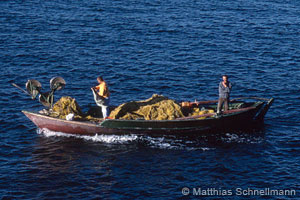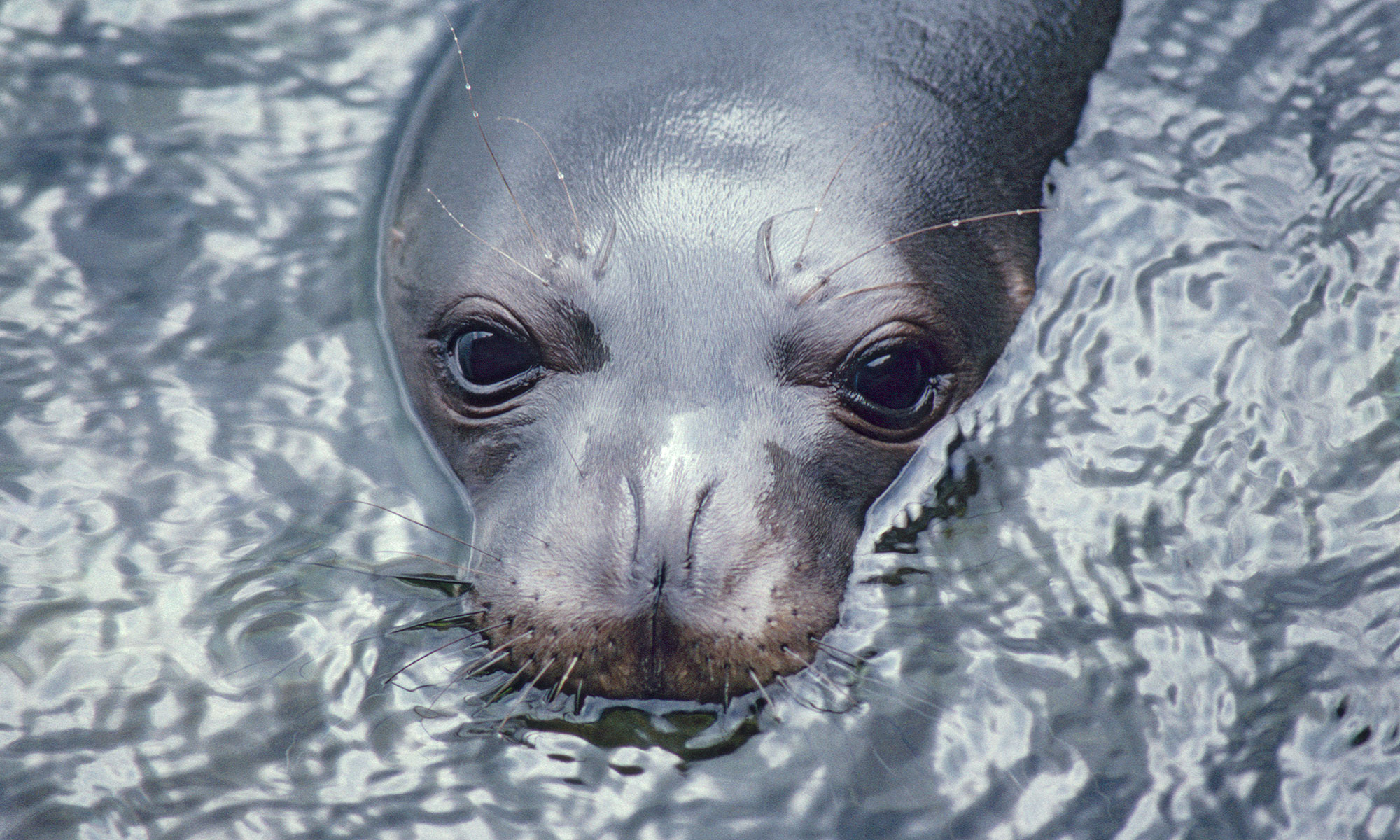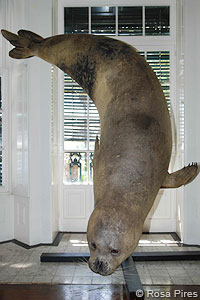 The FAO’s General Fisheries Commission for the Mediterranean (GFCM) adopted a series of recommendations aimed at protecting monk seals from accidental entanglement in fishing gear at its 9-14 May 2011 session in Rome.
The FAO’s General Fisheries Commission for the Mediterranean (GFCM) adopted a series of recommendations aimed at protecting monk seals from accidental entanglement in fishing gear at its 9-14 May 2011 session in Rome.
Recommendation GFCM/35/2011/5 on Fisheries Measures for the Conservation of the Mediterranean Monk Seal (Monachus monachus) in the GFCM Competence Area calls for Contracting Parties and Cooperating Parties of the Commission (CPCs) to implement the following measures:
— Prohibit fishing vessels from taking on board, transporting or landing monk seals unless required to assist in the rescue of injured individuals, and only then with prior official authorisation.
— Seals encountered entangled in fishing gear must be released unharmed and alive.
— Seals found dead in fishing gear must be brought ashore and the authorities promptly notified (at the latest upon arrival at port).
— Any incidental take and release must be recorded in the vessel’s logbook, and reported to the relevant authorities for onward notification of the GFCM Secretariat.
— No later than 2015, CPCs should adopt fisheries management measures designed to attain a “very low and close to 0 risk” of incidental take and mortality of monk seals in fishing activities.
— CPCs must provide the GFCM Secretariat with the geographical positions of already known, past and current monk seal caves, with corresponding information on fleets deploying bottom-set nets within a maximum 20 mile range. Preliminary maps and data should be completed by December 2011, and transmitted to the GFCM no later than 31 January 2012. (Access to such potentially sensitive data, the document is at pains to point out, will be restricted.)
Continue reading “FAO adopts watered down protection measures”

 Editor’s Note: Despite oft-reapeated calls for monk seal conservation and science to find a wider public audience — thereby spurring efforts to save the species and its habitat — most research continues to be published in closed access “subscription-only” scientific journals with a limited circulation. In view of this issue’s importance to the survival of the Mediterranean and Hawaiian monk seal, we take this opportunity of drawing our readers’ attention to the following article, “The Lairds of Learning”.
Editor’s Note: Despite oft-reapeated calls for monk seal conservation and science to find a wider public audience — thereby spurring efforts to save the species and its habitat — most research continues to be published in closed access “subscription-only” scientific journals with a limited circulation. In view of this issue’s importance to the survival of the Mediterranean and Hawaiian monk seal, we take this opportunity of drawing our readers’ attention to the following article, “The Lairds of Learning”.
 The FAO’s General Fisheries Commission for the Mediterranean (
The FAO’s General Fisheries Commission for the Mediterranean (